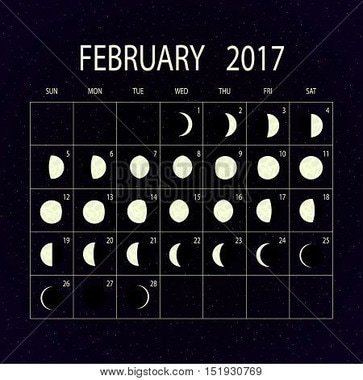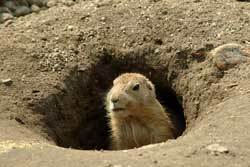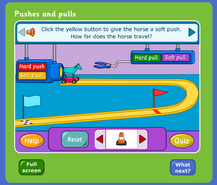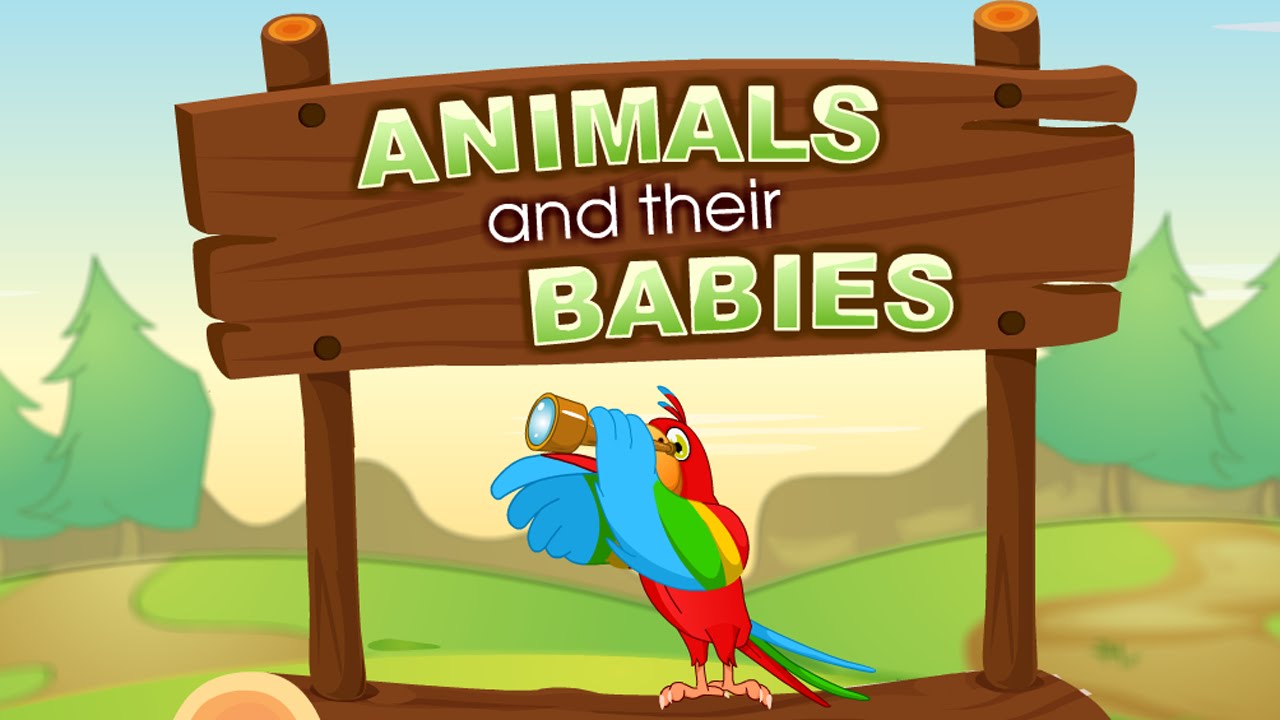How do you build a stable bridge to cross the auburn ravine?ReSearch different types of BridgesGo to the following website and listen or read all about different types of bridges. http://www.pbs.org/wgbh/buildingbig/bridge/basics.html Next, go to the following website and see if you can figure out which type of bridge is best for the body of water or large land mass the bridge needs to cover. http://www.pbs.org/wgbh/buildingbig/bridge/basics.html Bridge Building GamesCompare and contrast the Brooklyn Bridge with the Golden Gate Bridge.
1 Comment
Introduction
Exploration Videos
Enrich - "Fun Stuff"Reading ArticlesHOMEMADE SOUND EFFECTS WITH BIG-BUDGET IMPACT RESEARCH for Engineering
Dong ZhiDiwali
KwanzaaHanaukkah
Christmas
Let's watch together Eric Carle's story The Mixed-Up Chameleon. Then you will do research from the the non-fiction story Chameleons Are Cool by Martin Jenkins for interesting facts. Write down "true or false" facts on your graphic organizer and color your chameleon.
WebQuest Step 1: First you will need to know that the moon orbits our Earth. The moon goes through a cycle and repeats this cycle about every 27 days. For this activity that is all you need to know about the cycle of the moon. If you wish to find out more information about the orbit of the moon you can check out this website: https://www.windows2universe.org/the_universe/uts/moon1.html Step 2: The next thing will be talking about the phases of the moon. The moon phases in the correct order are: New Moon, First Quarter, Full Moon, Third Quarter, and then back to New Moon. You will cut and paste for this month in 2017. Not only do humans change their environment, but plants and animals can too! In this 6 week unit we will explore how plants and animals change their environment to survive. We will conclude with making an argument on how to reduce our impact as humans on the Earth. When you are done reading the article pick an animal below to research more about. You will research and write a narrative, informational, and opinion story about it. Then you will present about the animal in your final presentation. Let's Read About it!Humans aren't the only animals that change their environments  [Animals] that physically modify elements of ecosystems are often called ecosystem engineers. Beavers... are a [good] example. There are many other [animals change their environment].  At the small end of the scale are such things as woodpeckers, which make holes in trees, creating nest sites for many other [living things] and entry points for bacteria and fungi that may eventually rot the tree.  Fiddler crabs in salt marshes dig burrows, increasing decomposition rates, drainage, and plant production.  Bears dig up the roots of skunk cabbage, leaving a pit that fills with water [that other living things can drink].  [Animal] trails on steep slopes can create pathways [for hiking], and seabird nesting burrows are reported to increase soil erosion dramatically in some places [or make places safer to walk on].  On some beaches, tiny one-celled algae called diatoms produce [a substance], which helps to stabilize the beaches. Even tiny [living things] can be engineers. The algae, fungi, and bacteria that form crusts on the surface of the soil [that may be unhealthy].  Geese dig up roots and basal stems of grasses and sedges in salt marshes. Studies of the Lesser Snow Goose in Canada have shown that snow geese change the [plants] by [loving] certain kinds of plants [to eat]; goose feces encourages [plants to regrow].  Burrowing [or animals that dig in the ground] are earth-moving engineers. They can move huge quantities of soil. For example, gophers and ground squirrels have moved up to 40 tons per acre of soil in some locations. These activities change [where plants may grow and can help spread more plants around in a habitat].  Salmon are engineers too. Females dig nests that can be many inches deep, moving fine sediments downstream. [Sediments or small pieces of dirt help keep rivers wide and strong]. Spawning king salmon in some rivers have built up huge dunes of gravel by their digging activities. Such dunes can be several feet high and many feet long, so they [change which way a river or stream flows].  Earthworms are [amazing] movers of soil. Charles Darwin wrote a whole book about earthworms and their engineering effects. Several ounces of soil may be [moved from one place to another] at the mouth of a single worm burrow. The effect of many worms can add many inches of soil on the surface, with the result that stones lying on the surface appear to sink and are gradually buried. In [farms], their engineering effects are commonly considered to be largely beneficial (to humans, that is). Worms help [break down plants] and incorporate that organic material in the soil; their tunnels aerate the soil.  Earthworms are often introduced to areas by gardeners and farmers, to make compost and improve nutrients [in the ground], or by horticulturalists in potted plants; in some regions they are introduced by fishermen who use them as bait. In general, earthworm invasions have had marked effects on soil processes, especially in areas that previously had no earthworms. For example, studies in cool temperate forests have demonstrated that introduced worms resulted in [less nutrients in the soil]; lower [nutrients] in leaves is likely to [increase] the [eating patterns] of leaf-eating animals.  Humans are the [biggest] ecosystem engineers. They physically modify almost every landscape they occupy. Humans drain marshes and entire aquifers, [take all of the water out of] some streams and flood others, cut or burn [forests], plow up the sod, quarry rock and gravel deposits, cut away whole mountains in search of minerals, pave the ground with impermeable surfaces, dig harbors and build breakwaters, send untold millions of tons of sediment down rivers into bays and seas, fill lagoons and lakes and swamps, and so on.Human engineering typically has negative effects on previous [plants and animals] of an area. Videos
Asssessment
Listen to the story below. Then complete your worksheet by cutting out the pictures and glue them in order from beginning, middle, and end.
|
Important WebsitesFirst Grade Code.org Categories
All
Archives
May 2019
|





















 RSS Feed
RSS Feed
